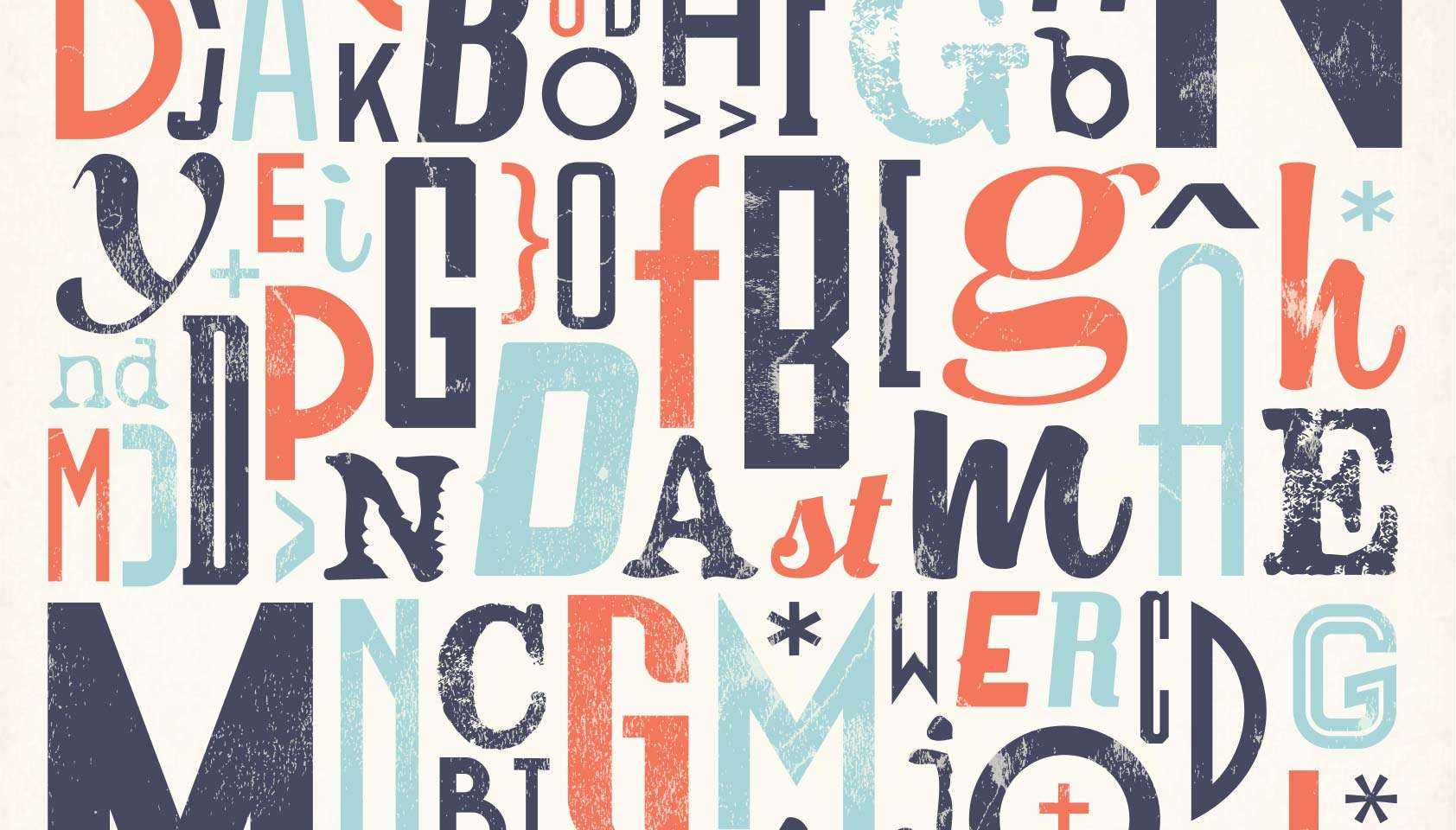Creating a Dyslexia-Friendly Workplace: A Guide for Inclusive Communication
In today’s diverse workplace, fostering an environment where everyone is included and empowered is essential. Dyslexia, a common learning difficulty affecting reading, writing, and spelling, is often overlooked in workplace accessibility efforts.
By making some simple adjustments, businesses can become more inclusive to individuals with dyslexia, creating a positive impact on overall communication and productivity. This article explores practical strategies to create a dyslexia-friendly workplace and ensure your content is accessible to all.
Why a Dyslexia-Friendly Workplace Matters
Dyslexia affects roughly 10% of the UK population, with individuals experiencing a wide range of symptoms. A dyslexia-friendly workplace doesn’t only benefit those with dyslexia; it also enhances clarity, accessibility, and engagement for all employees.
Ensuring that your communication methods are accessible promotes a more inclusive culture, reduces misunderstandings, and supports everyone’s right to feel comfortable in their professional environment.
This is especially important in a digital-first company, where written communication forms the backbone of interactions, instructions, and processes.
Steps to Create a Dyslexia-Friendly Workplace
- Simplify Language and Structure
One of the most impactful changes you can make is simplifying the language you use. Avoid jargon, idioms, or overly complex vocabulary, as these can be confusing for individuals with dyslexia. Keep sentences short and to the point, ideally aiming for 15-20 words per sentence. Structure information in a logical order and break down complex ideas into smaller, manageable parts.
- Use Clear, Concise Headings
Headings help guide readers through content, and for dyslexic individuals, this can make a big difference in understanding. Use clear, concise headings to separate sections, making it easier to skim and locate relevant information. The British Dyslexia Association (BDA) recommends that headings be at least two font sizes larger than the main text and bolded to stand out.
- Choose Dyslexia-Friendly Fonts
Fonts play a significant role in readability. Sans-serif fonts like Arial, Verdana, or Tahoma are recommended for their clean and open look. The BDA advises against using fonts with serifs or overly decorative styles, as these can make letters blend together, making them harder to distinguish. A font size of 12-14 points is generally considered accessible, though some people may benefit from even larger text.
- Incorporate Sufficient Spacing
Proper spacing between lines and paragraphs is essential for readability. Line spacing of 1.5 or more can prevent text from feeling too crowded, which is especially helpful for dyslexic readers. Additionally, use wide margins and ample space between paragraphs to create a more open and inviting page layout.
- Use Bullet Points for Lists
Bullet points break down information into easily digestible parts, making it easier to scan and understand. Rather than large blocks of text, use lists to separate key points or instructions. This approach reduces visual clutter and helps all readers, especially those with dyslexia, absorb information more effectively.
- Provide Alternative Formats
A dyslexia-friendly workplace is one that offers alternative ways of accessing information. Encourage the use of audio formats for written materials, such as text-to-speech tools or video content. Additionally, where possible, provide summaries or infographics to convey information visually, supporting various learning preferences.
- Use High-Contrast Colors and Avoid Patterns
Color contrast can affect readability, especially for individuals with dyslexia, who may experience visual stress or discomfort when reading. Aim for high-contrast color combinations, such as dark text on a light background. Avoid using red and green together, as these can be difficult for color-blind individuals as well. Stay away from patterned backgrounds, which can make text harder to read.
- Limit Use of Italics and Underlining
Italics can distort the shape of letters, making them more challenging to read for dyslexic individuals. Similarly, underlining can interfere with the shape of the letters and should generally be reserved for hyperlinks only. Instead, use bold text to emphasize important points or keywords, which maintains clarity without compromising readability.
- Create Accessible Digital Content
In a digital-first workplace, accessible web and document design is essential. Use HTML tags for headings, lists, and other structural elements, ensuring screen readers can navigate content easily. Where possible, provide alt text for images and avoid using too many hyperlinks in a single section. It’s also helpful to label links clearly, so users know where they’re headed before they click.
- Encourage Open Communication
Creating a dyslexia-friendly workplace also involves fostering open communication about accessibility needs. Encourage team members to share their preferences for how they receive information, and let them know that accommodations are available. This may include providing materials in various formats, allowing extra time for written tasks, or adjusting font sizes and styles to suit individual needs.
The Role of Managers in Supporting Dyslexic Employees
Managers play a crucial role in implementing dyslexia-friendly practices. Consider providing training on dyslexia and other learning difficulties to improve awareness and understanding among all staff members. This training can be instrumental in helping team members recognize the value of accessible communication and create an inclusive work environment.
Making Dyslexia-Friendly Design Part of Company Culture
Creating a dyslexia-friendly workplace goes beyond implementing guidelines. It’s about fostering a culture that values inclusivity, understanding, and accessibility. By designing materials and communication strategies with dyslexia in mind, you show employees that their needs are respected and valued. Inclusivity is a continual process, and making these changes can positively impact everyone, promoting clearer, more effective communication and a stronger sense of belonging.
Conclusion
Designing a dyslexia-friendly workplace is about simple but effective changes that help everyone, not just those with dyslexia, feel supported. At O’Brien Media, we understand the importance of accessible design and inclusive practices. As a company dedicated to supporting people of all abilities, we believe in creating digital experiences that are welcoming and accessible to everyone.
Whether you’re revising your internal communications or reaching out to clients, implementing these practices can foster a more inclusive, understanding workplace environment.
Inclusivity isn’t just an initiative—it’s a commitment to ensuring everyone has the opportunity to succeed, free from unnecessary barriers.


